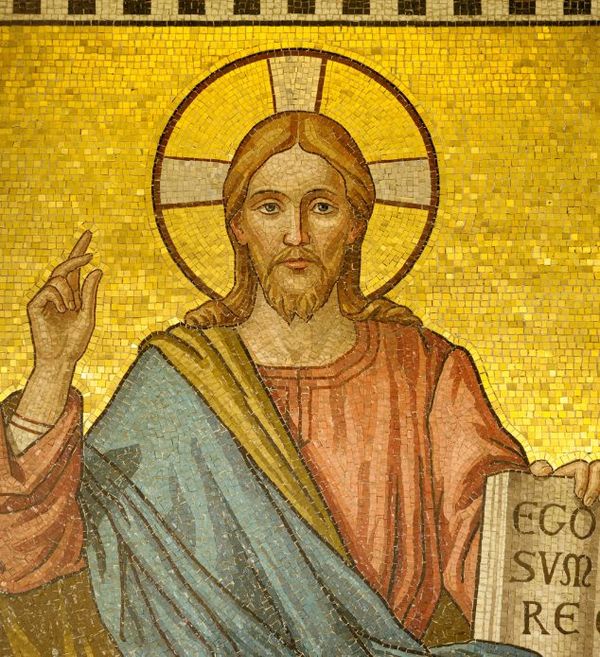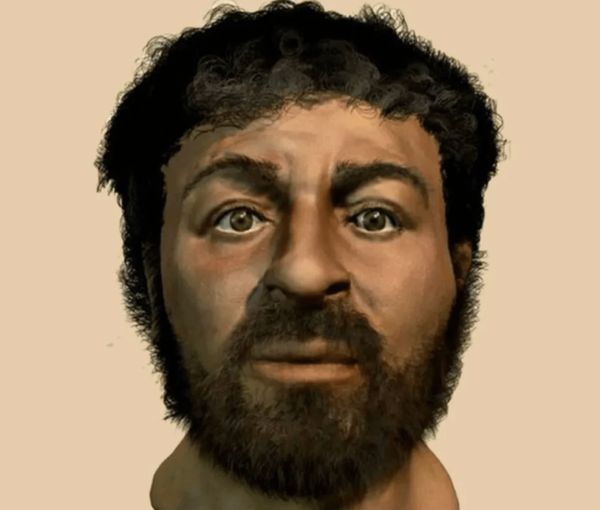For over two thousand years, the appearance of Jesus Christ has been a topic of speculation and debate. Many historical depictions have portrayed Him as a white European man with blue eyes, but historians believe that this representation is far from accurate. Recent efforts by experts have aimed to reveal a more realistic image of Jesus, one that resonates with his origins in modern-day Palestine.
Bas Uterwijk, a talented Dutch photographer and digital artist, took on the challenge of creating an image that truly reflects what Jesus might have looked like. Utilizing cutting-edge technology and Artbreeder’s machine learning capabilities, Uterwijk produced a portrait that aims to capture the essence of the historical figure.
Of course, the image Uterwijk created differs greatly from the familiar depictions we’ve come to know. He explains, “I have experience with computer-generated images and special effects. The artificial intelligence software employs a neural network trained on thousands of photographs and paintings of human faces.” By combining various cultural depictions of Jesus and incorporating elements from different eras, Uterwijk’s portrait presents a collective cultural depiction rather than a scientifically precise likeness.

According to historical accounts, Jesus was born in Bethlehem in 4 BC, raised in Judea, and eventually settled in Nazareth. Joan Taylor, an author and expert on Christian beginnings, asserts that Jesus would have had olive skin, dark hair, and brown eyes – characteristics that were common among the people of Judea and Egypt. Taylor adds, “Jesus was not a pale individual. He wasn’t from Europe. He was a modern-day Jewish man, very much of his era and setting.”

Further evidence supports the idea that Jesus had a more down-to-earth appearance. Taylor emphasizes, “The classic images in art, such as long hair, robes, and beards, date back to the 4th or 5th centuries. In fact, he didn’t look like that at all. Jesus was a nomad, living on the streets, accepting strangers’ generosity. He was among the poor.” Descriptions from ancient literature also suggest a more modest and unassuming appearance, with references to Jesus being shabby and unkempt, resembling a beggar.
Forensic facial reconstruction specialist Richard Neave took part in reconstructing a likeness of Jesus based on a typical Judean man from the first century. This depiction portrays Jesus as a stocky individual with dark hair, a clipped beard, and olive skin, aligning with his ethnic background and historical context.

As we continue to explore and understand the historical Jesus, these new images invite us to reimagine His appearance and see Him as a man of his time and place. Let us humbly embrace the diversity and authenticity that marked His presence on this earth.
Please share this article with your family and friends on Facebook to spark further discussion and reflection.










